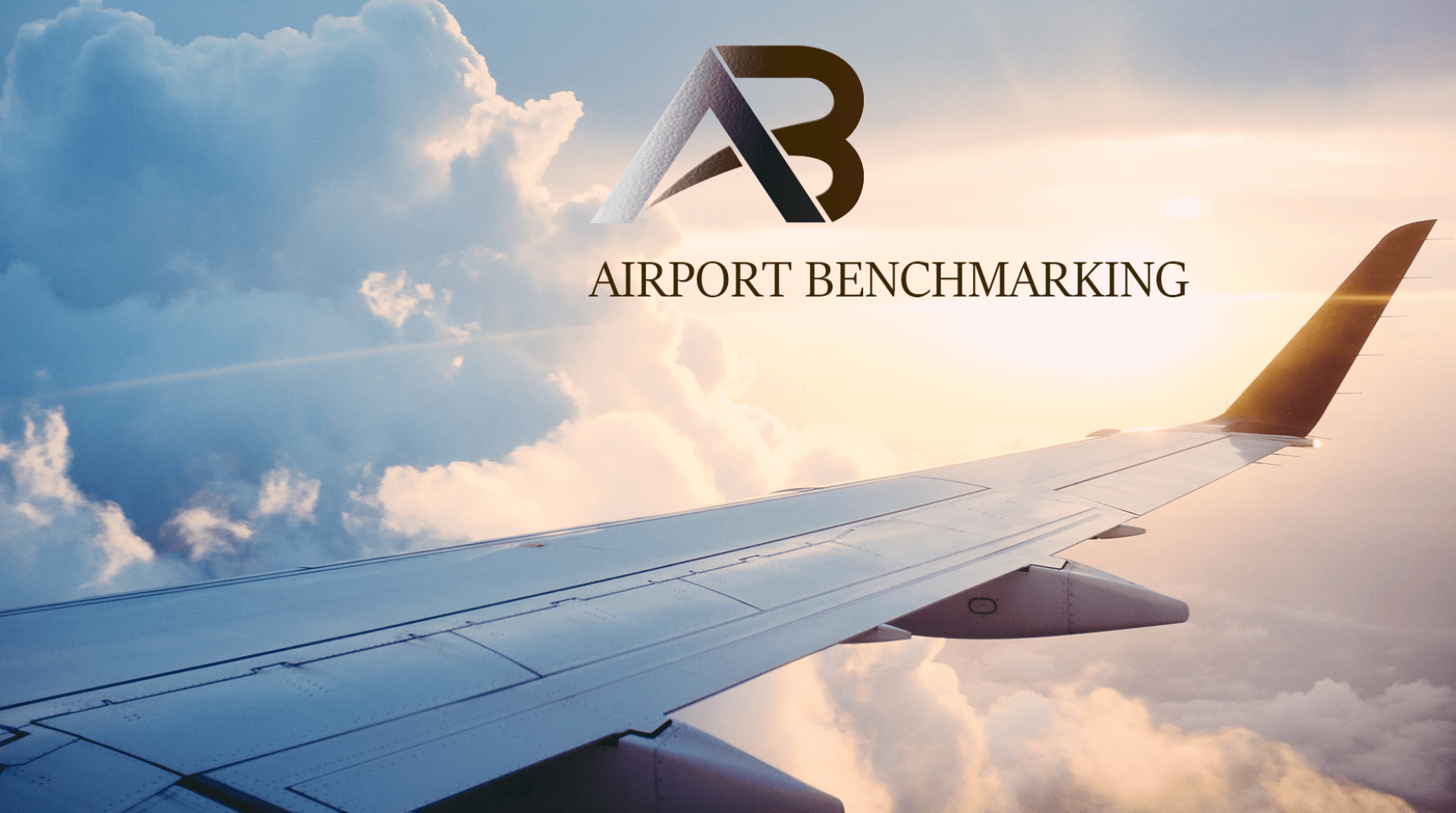By Mitra Sorrells | May 8, 2019
More than 22 million passengers and 13 million bags passed through Dubai International Airport in the first quarter of 2019, making it one of the busiest hubs in the world.
In addition to ongoing physical renovation and expansion projects to manage this volume, the airport is continually investing in new technology to improve and expedite the customer experience.
To learn more about this, we asked Dubai Airports’ executive vice president of technology and infrastructure, Michael Ibbitson, to share details about the facility’s technology strategy. Dubai Airports owns and manages the operation and development of both of Dubai’s airports – Dubai International (DXB) and Dubai World Central (DWC).
Dubai International Airport is the world’s busiest airport for international travel – and getting busier year after year ‐ and yet you managed to reduce wait times by 28% in 2018. How did you do that? Can you share some additional examples of how technology is improving the traveler experience at the airport?
There were three significant factors involved: implementing
smart technology, leveraging big data and intensifying collaboration.
Over the past two years we have worked with the local
immigration authority to improve performance, enhance wayfinding and encourage
the passengers to use Smart Gates. This boosted usage, dropped queue times and
created additional airport capacity by lowering overall transaction times per
passenger.
Today the passenger queues at immigration desks are monitored
through real-time dashboards with sensors published to the airport stakeholder
through a mobile application to improve performance and passenger experience.
DXB has over 23 billion data points, collected every six
months in our real-time analytics platform. Enter the airport community app – a
shared platform that made an immediate and dramatic impact on Dubai Airports’ operational managers as well as the thousands of operational staff in
stakeholder organizations.
The platform, for the first time, extended real-time, relevant data on customer touch points across the airport’s operational community. Suddenly data was transparent and shared, driving greater accountability and leading to more predictive approaches to problem resolution. The community app has grown to over 20,000 users, with new features added all the time.
The platform relied on a number of other technological implementations. For example, Xovis technology, which leverages a network of sensors across DXB, monitors passenger movement and reports queues in real time. Not only does this lead to day-of responses, it identifies patterns and trends and proactive plans to avoid or limit repeat occurrences.
Another critical implementation was Splunk for baggage. Real-time dashboards have been rolled out to improve baggage
delivery times, transfer bag performance and automated analysis.
The most dramatic implementation and evidence of the airport
management company’s commitment to data management was the opening of its
Airport Operations Control Centre in 2018. It’s also one of the best examples
of close collaboration where hundreds of staff from across the airport work
closely together every day. The AOCC is a key element in our strategy to
implement collaborative decision making and, ultimately, total airport
management.
Arguably the biggest and most sophisticated of its kind, the
new AOCC is a 24/7, co-located control room for all airport service partners
(Dubai Airports, Dnata, Dubai Police, Road & Transport Authority, DCAS,
Dubai Customs, Dubai Immigration/General Directorate of Residency & Foreigners Affairs, etc.). It provides real-time data feeds from across the airport
(airfield, aircraft stands, baggage, terminals, touch points, queuing, flight
information display screens, security, etc.), tapping into over 90 applications
and feeding it to up to 120-plus staff via 96 work stations and 12 video wall
screens.
It is a fully resilient, mission-critical facility across all services
(power and network). It was also enabled by implementation of new systems, such
as Dubai Airports’ Airport Operations System and Real-Time DXB that provides a
digital clone of the airfield to all stakeholders, keeping them aware of
aircraft movements, stand capacity, on-time performance, passenger transfer
matrix and many others from a single source of truth.
All of this tech has made a massive contribution to
enhancing the customer experience.
What are the challenges in using technology to expedite and improve the guest experience while also needing to ensure security?
We believe both can and should be achieved simultaneously. The biggest challenge, and the biggest opportunity, involves the definition and adoption of global industry standard for a single biometric footprint, which will transform the customer experience by enabling a one-time capture of data that can then be used at multiple points in the customer journey in a seamless and non-intrusive way.
We are working locally and globally, with organizations including IATA and the World Travel and Tourism Council, to further the case for a common single biometric identity. This would unleash a new world of convenience while heightening security.
Imagine an airport with no check-in, no immigration and discrete, non-intrusive security, all enabled by a single identity database, securely held in the cloud and available to those who currently need physical evidence of our identity as we travel.
The possibility then emerges to reorder
the entire travel process around customer service rather than around the
convenience of everyone else in the supply chain. And if we extend our thinking
around making the links between ground and air more efficient, then maybe we
don’t need an airport terminal at all.
What if that journey could start at multiple points of
convenience near where people live or work? What if the airport terminal and building could be disaggregated into
multiple smaller, convenient entry points into an airport transit system that
can take customers from their homes or places of work directly to their plane?
What if we could bypass all the changes of mode, baggage issues, queues,
multiple documentation and security checks and long walking distances – all the
things we hate when we travel?
In announcing the new DXB brand, you said, “The new brand represents the ways in which we connect the world, not only by physically facilitating access to over 220 destinations around the world, but by transporting our customers through their experience of different cultures, food, music and art.” Can you tell us more about some of these experiential features?
The new DXB brand embodies the unique values of our home
city, Dubai. Our intention is to transform DXB into a destination in itself by
creating exciting, immersive experiences that bring the iconic parts of Dubai
into the airport as well as music, art and even fashion exhibitions that
showcase local culture and celebrate diversity.
MusicDXB and ArtDXB are long-standing examples of those
experiential features that continue to mature and add value. We first
introduced the concept of live music concerts in the airport four years ago.
This year we upped our ante with an in-house resident DJ and a regular program
of curated performances from local and global artists demonstrating a culture
of vibrant imagination, openness to fresh ideas.
Dining is a very important part of a traveler’s journey
through the airport, so we have introduced a range of interesting and different
options to choose from. Exclusive to DXB are the traditional flavors of the S34
Gahwa Mezza Bar and an Americana-style diner with an Arabic twist, Tranzeet
DXB.
Understanding the needs of our truly global audience, we have also opened
in the past year the licensed Hard Rock Café, joining more than 100 other food
and beverage outlets.
Combined, the experiences support the creation of a
destination that celebrates Arabian culture showcasing to a truly global
audience local heritage and tradition.
Looking ahead, what technologies do you think hold the most potential to improve the air travel experience?
As mentioned earlier, we need global standards to unlock the
value of existing and future technologies such as biometrics. Going forward,
advancements in autonomous vehicles and ground transportation systems will
improve the access to and interface with aviation. 3D printing presents some
interesting possibilities for creating dynamic airport environments and
managing things like spare parts.
Security screening technologies are developing at a terrific
pace recently. They could provide a better experience from the basics of not
removing liquids and gels and laptops from bags to not even separating
passengers and their hand luggage, as the whole process becomes passive.
However, the regulatory challenges to such massive change to the way industry works will require some brave and disruptive support from governments and regulators.
What are Dubai Airports’ priorities for the next five years?
Our primary focus, beyond the essential provision of a safe
and secure operation and environment, is providing our customers with efficient
and convenient passage through our airports, top flight products and services
and experiences that transcend the norm and make DXB a destination in and of
itself.
DXB is already the world’s number-one airport for
international passenger numbers; our next goal is to make it number one for
service. Ultimately, Dubai is counting on us to provide the capacity, innovation
and levels of service that align with the city’s global reputation and continue
to significantly contribute to the emirate’s social and economic development.
We also have a large focus on energy efficiency and carbon
footprint. We have started a number of initiatives in the last two years that
will see our energy consumption decline by over 20% by 2023. This is paired
with a switch to zero-emissions vehicles used airside, that will take five to
10 years to fully come to fruition due to the lack of supporting products in
the market place.
What factors have enabled Dubai Airports to emerge as one of the most innovative airport companies in the world?
First and foremost, it is absolutely embedded in the city and country that we call home. Dubai’s relentless pursuit of innovation, excellence and willingness to understand, embrace and prepare for the future is second to none. That spirit is contagious, and we have embedded it in our corporate culture and do our best to convey it in everything we do.
We also have staff from around 60 countries providing our services to passengers from all nations. This provides us with a very diverse and multicultural environment that mirrors the society we live in.
source : https://www.phocuswire.com/Dubai-Airports-technology-innovation-strategy

